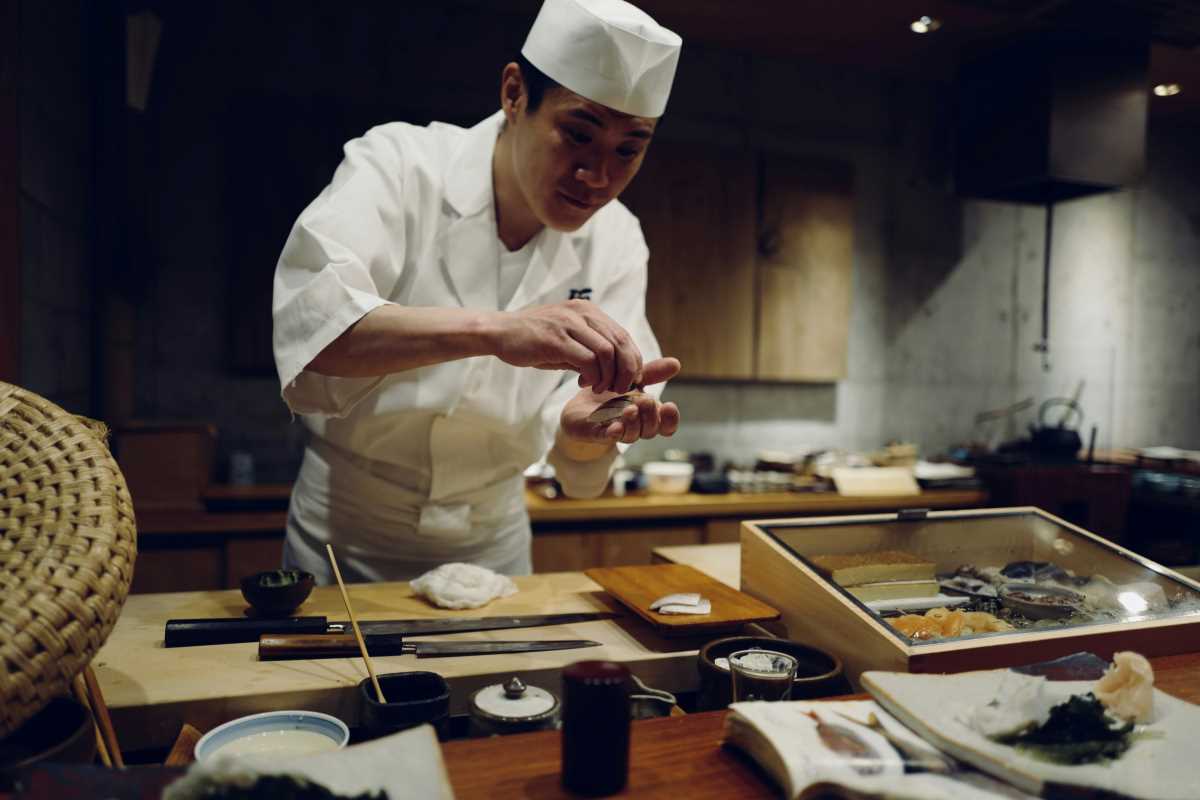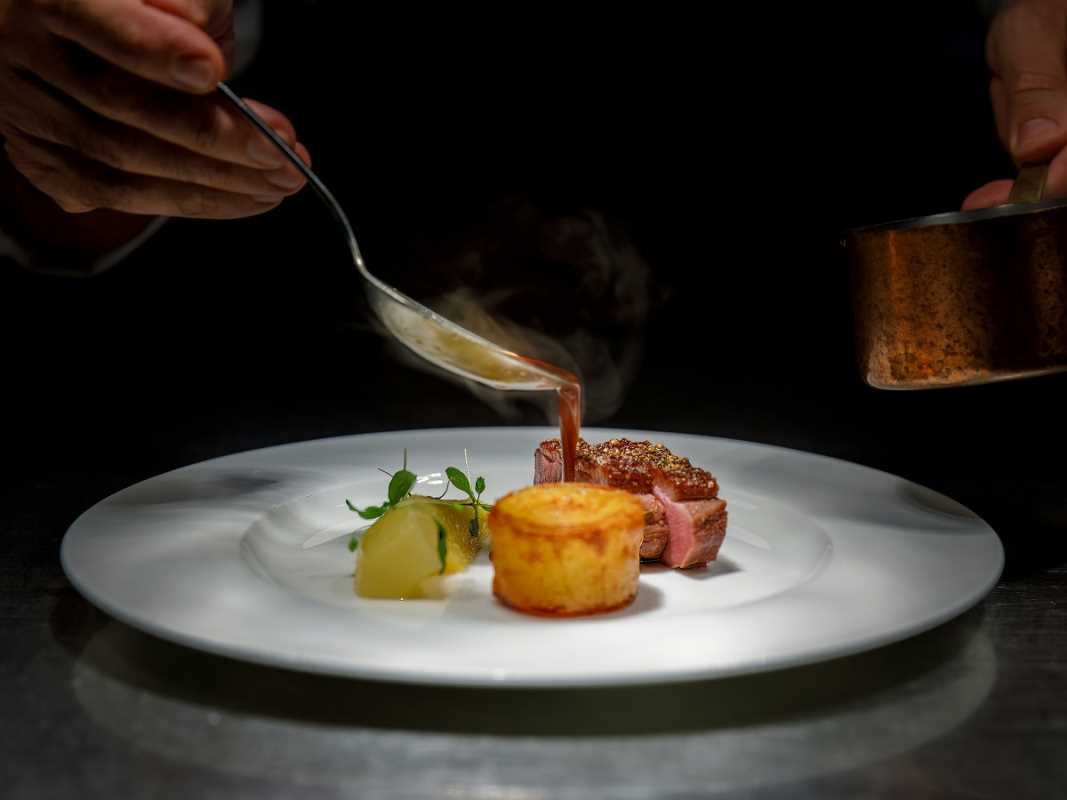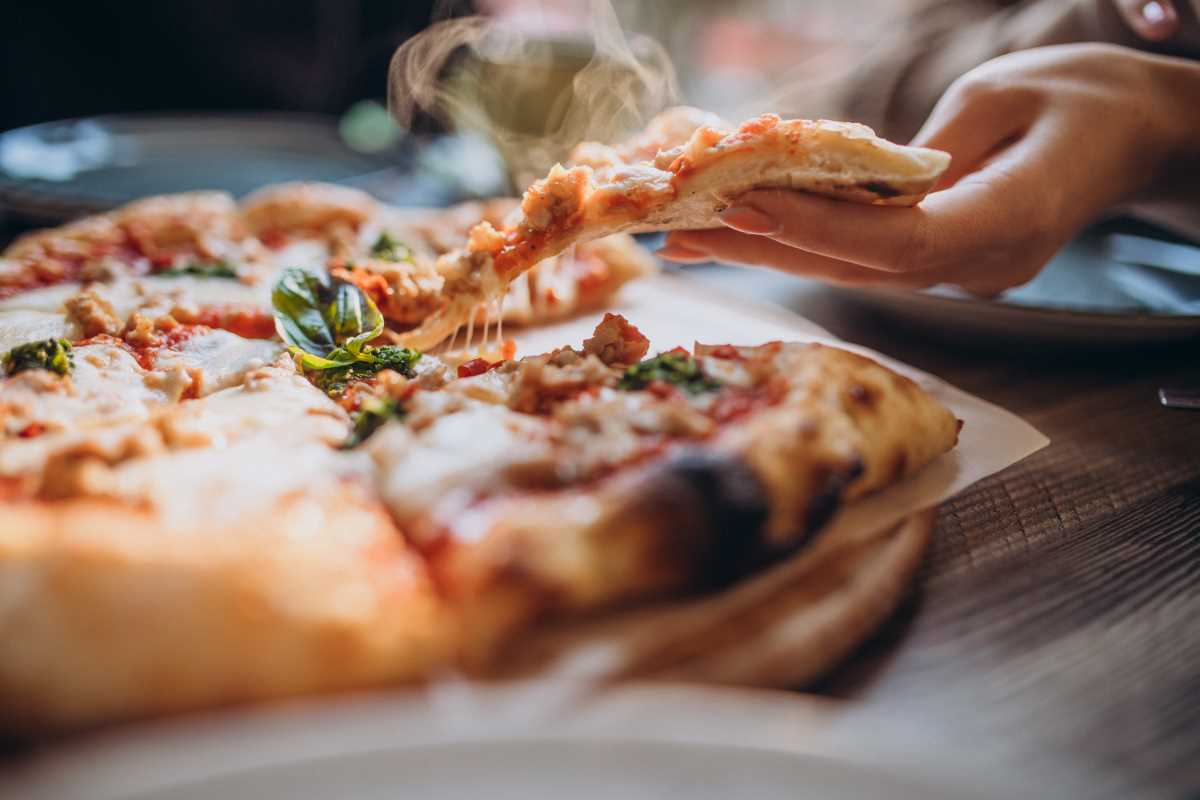Tokyo's sushi scene can feel intimidating when you're staring at omakase menus with price tags that rival your rent. But here's the thing—some of the city's most incredible sushi experiences don't require selling a kidney. These exceptional restaurants serve pristine fish, demonstrate masterful technique, and create memorable dining experiences without the astronomical price tags of their Michelin-starred counterparts.
After countless sushi adventures across Tokyo, I've discovered restaurants that prove exceptional quality doesn't always demand premium prices. These spots offer authentic experiences that showcase why Tokyo remains the global capital of sushi, accessible to anyone with an appreciation for expertly prepared fish and rice.
Numazuko
Tucked away in the bustling outer Tsukiji market area, Numazuko operates with the efficiency and authenticity that only a restaurant serving market workers can achieve. This tiny eight-seat counter opens at 5 AM, catering to the market's early schedule, but continues serving throughout the day for visitors seeking genuine sushi experiences.
The sushi here reflects direct market access, with fish that arrived hours earlier and rice seasoned with the perfect balance of vinegar and warmth. Their tuna selection showcases different cuts and preparations that demonstrate the chef's understanding of how each piece should be handled. The chu-toro melts immediately upon contact with your tongue, while the lean akami delivers clean, concentrated flavor that speaks to the fish's quality.
What makes Numazuko special isn't just the exceptional fish—it's the atmosphere. You'll sit shoulder-to-shoulder with market workers grabbing quick breakfasts, tourists discovering authentic Tokyo, and local salarymen starting their days. The chef works with focused efficiency, crafting each piece with practiced movements that create perfect sushi without ceremony or pretension.
Prices remain remarkably reasonable, with individual pieces starting around 200 yen and full sets available for under 3,000 yen. The value proposition becomes clear when you realize you're accessing the same quality fish that supplies Tokyo's most expensive restaurants, prepared by skilled hands in an authentic setting.
Kyoboshi
Located in a quiet residential area away from Ginza's tourist crowds, Kyoboshi delivers sushi that rivals the district's famous establishments at significantly lower prices. The 12-seat counter creates an intimate atmosphere where you can watch the master chef's precise movements while enjoying conversation with fellow diners.
The omakase progression here demonstrates thoughtful composition, beginning with lighter fish and building toward richer flavors. The kohada (gizzard shad) arrives perfectly cured, with vinegar treatment that enhances rather than masks the fish's natural characteristics. Each piece showcases the chef's understanding of timing—the rice temperature, the fish preparation, and the moment of consumption all align for optimal flavor delivery.
Their uni selection deserves particular attention. Rather than serving standard varieties, Kyoboshi sources seasonal uni from different regions, explaining the characteristics of each. The creamy Hokkaido uni contrasts beautifully with the more mineral-forward varieties from other areas, creating educational experiences that deepen your appreciation for this prized ingredient.
The sake program complements the sushi progression perfectly, with the chef suggesting pairings that enhance both the fish and rice flavors. These recommendations demonstrate deep knowledge gained through years of experimentation and refinement.
Hanamaru
Hanamaru occupies a small space near Shibuya crossing, serving high-quality sushi in a relaxed environment that welcomes both sushi novices and experienced enthusiasts. The counter seating allows you to observe the preparation process while engaging with the friendly staff who genuinely enjoy sharing their knowledge.
The restaurant's approach emphasizes seasonal ingredients and traditional preparations executed with modern precision. Their anago (sea eel) preparation exemplifies this philosophy—the fish is brushed with a house-made sauce that balances sweetness and umami while maintaining the eel's delicate texture. The preparation demonstrates technical skill that would impress at any price point.
What sets Hanamaru apart is their educational approach. The chef explains each fish's origin, the reasoning behind specific preparations, and suggestions for optimal consumption. This guidance transforms meals into learning experiences that enhance your understanding of sushi craft and seasonal ingredients.
The pricing structure remains accessible, with lunch sets starting around 2,500 yen and evening omakase options under 8,000 yen. These prices include fish quality and preparation standards that typically command much higher costs at comparable establishments.
Chojiro
Chojiro represents traditional sushi preparation methods adapted for contemporary Tokyo dining. Located in a basement space near Ginza, the restaurant maintains authentic approaches to fish handling and rice preparation while creating welcoming atmospheres for international visitors.
The shari (sushi rice) here deserves special recognition. Prepared with aged red vinegar and maintained at precise temperatures, each grain provides the perfect foundation for the fish toppings. The rice's subtle acidity and warmth create harmony with each piece of fish, demonstrating why proper sushi requires mastery of both components.
Their tamago (egg omelet) showcases traditional technique rarely seen at casual price points. The sweet, custard-like preparation requires significant skill and time investment, yet Chojiro includes it in reasonably priced sets rather than charging premium supplements. This attention to traditional elements throughout the meal creates authentic experiences without inflated costs.
The chef's knife work displays precision that transforms each fish into perfect portions. The cutting angles, thickness variations, and scoring techniques all serve specific purposes in maximizing flavor and texture for each variety of fish.
Miyakozushi
Operating in the same location for over 50 years, Miyakozushi embodies the neighborhood sushi shop tradition that once defined Tokyo dining. The intimate counter seats eight people maximum, creating community atmospheres where regulars chat with newcomers over exceptional sushi.
The fish selection changes daily based on market availability and seasonal considerations. Rather than maintaining static menus, the chef presents whatever represents the best value and quality on any given day. This approach ensures peak freshness while keeping costs manageable through flexible sourcing strategies.
Their approach to preparation emphasizes simplicity and respect for ingredients. The hirame (flounder) arrives with minimal intervention—perfect knife work and appropriate rice temperature allow the fish's subtle flavors to dominate. More robust fish like aji (horse mackerel) receive light vinegar and salt treatments that enhance their natural characteristics without overwhelming them.
The sake and beer selection focuses on value rather than variety, but the quality remains high. The chef's recommendations pair well with the sushi progression and demonstrate understanding of how beverages can enhance rather than compete with delicate fish flavors.
 (Image via
(Image via





